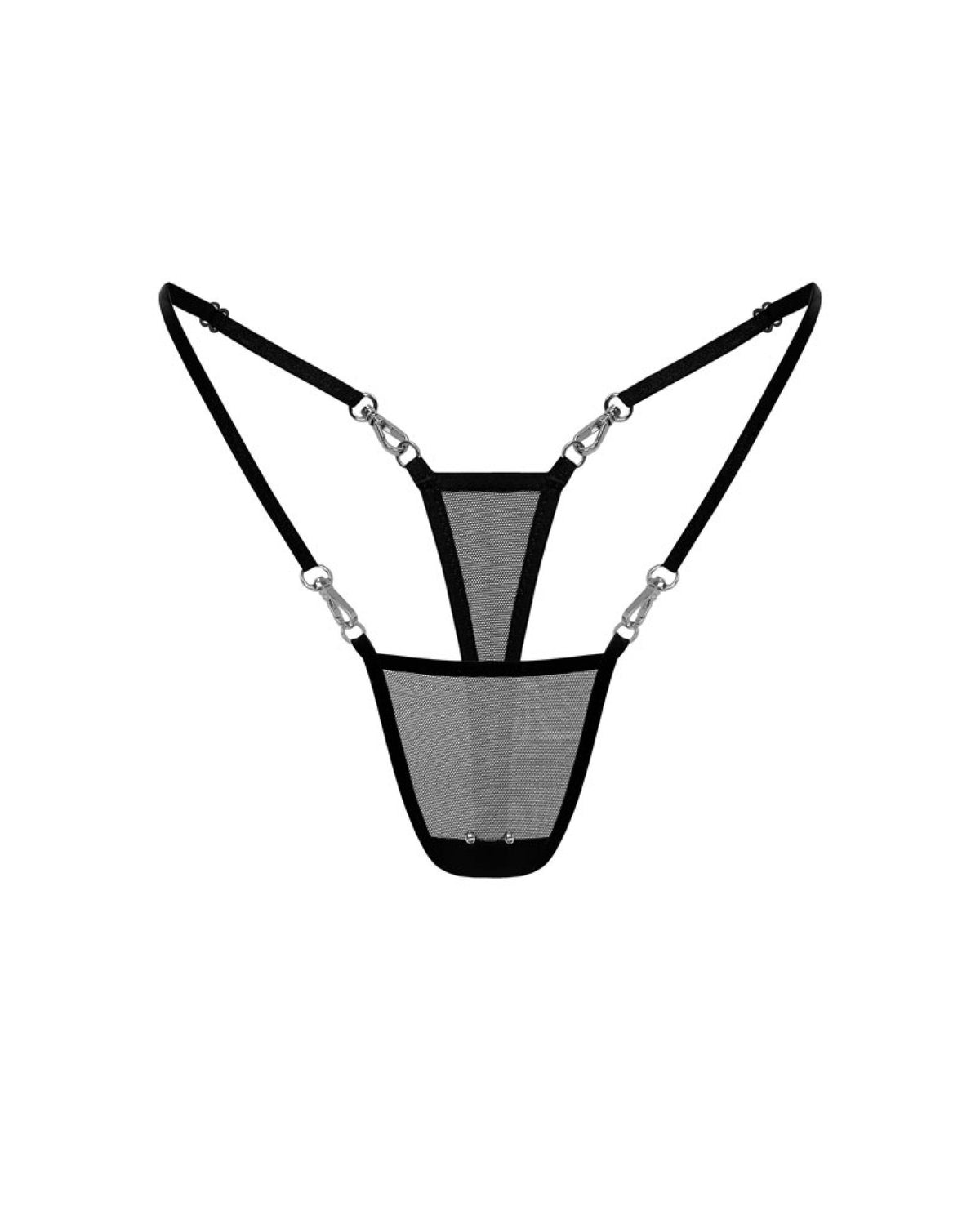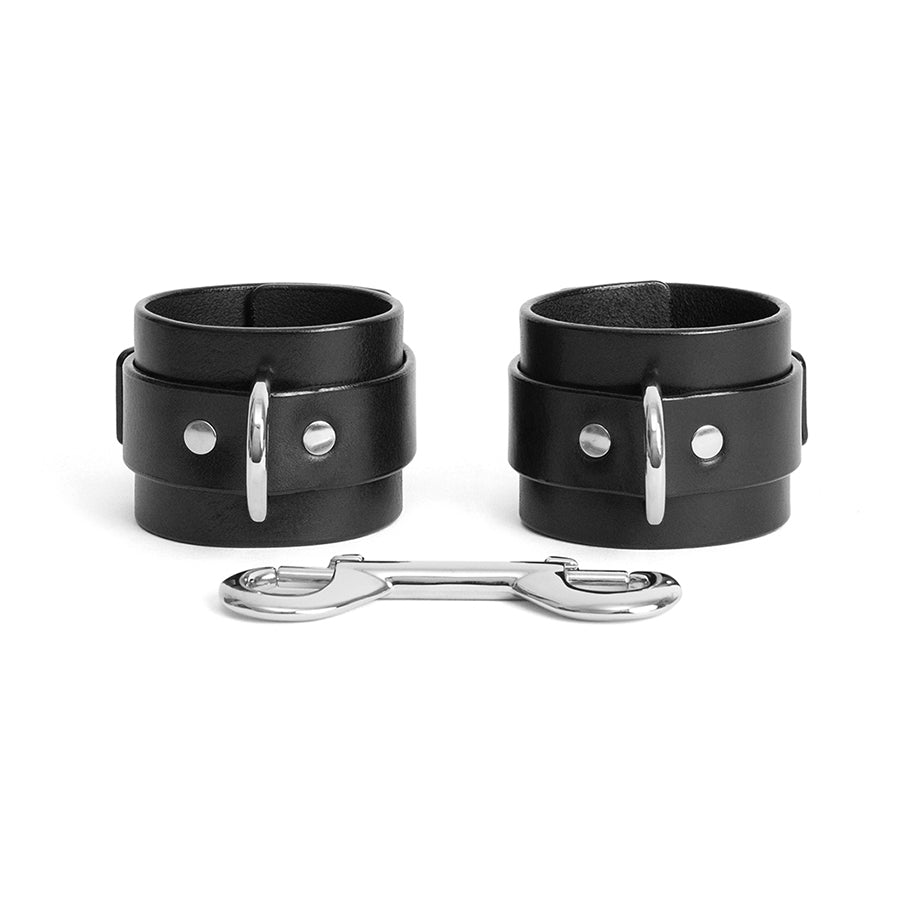
June 01, 2025
Attachment Styles in Dom/sub Dynamics: Understanding Emotional Patterns
How we love, trust, and connect is often shaped by our attachment style, and in BDSM relationships, especially Dom/sub (D/s) dynamics, this emotional wiring plays a powerful role. Whether you’re a Dominant, submissive, or Switch, understanding your attachment style can help you navigate intimacy, power, boundaries, and trust with more awareness and intention.
In this guide, we explore how the four primary attachment styles show up in Dom/sub dynamics, and how to build safer, more fulfilling kink relationships through emotional insight.
What Are Attachment Styles?
Attachment theory is a psychological model that explains how our early experiences with caregivers shape the way we connect with others as adults. These patterns often influence romantic and sexual relationships, including in BDSM and kink.
The four main types of attachment styles are:
- Secure
- Anxious
- Avoidant
- Fearful-avoidant
Each style brings its own strengths and challenges into a D/s dynamic. Let’s break them down.
Secure Attachment in D/s Relationships
People with a secure attachment style tend to feel grounded, trusting, and comfortable with emotional intimacy. In a Dom/sub relationship, this often translates into dynamics that prioritize mutual respect, emotional safety, and healthy communication.
Dominants with secure attachment are confident in their authority without needing to micromanage or control. Submissives feel empowered by their surrender, not diminished by it. Together, both partners can explore power exchange with a strong foundation of consent, trust, and care.
Securely attached folks are often comfortable setting and respecting boundaries, negotiating clearly, and practicing aftercare without fear or avoidance. This kind of emotional presence strengthens kink play and fosters a deeper sense of connection within the dynamic.
Anxious Attachment in Dom/Sub Dynamics
Anxiously attached individuals often crave deep closeness but fear abandonment or rejection. In a D/s context, this can show up in a few key ways. Submissives might seek constant reassurance from their dominant, feel unsettled if rules or rituals aren’t consistently enforced, or struggle with feelings of insecurity when not actively engaged in the power exchange. They may fear that any lapse in communication means the dominant has lost interest.
For dominants with anxious attachment, the dynamic can take a different shape. They may become overly controlling or emotionally intense in an effort to “keep” their submissive close, or experience distress if their authority is questioned. Underneath this is often a fear of not being good enough or of being replaced.
Structure and rituals can help soothe these anxieties by creating predictability and clear roles, but it’s important that the dynamic doesn’t turn into emotional codependency disguised as kink. Healthy communication and self-awareness are key to creating balance.
Avoidant Attachment and BDSM
Avoidantly attached people typically value independence and self-reliance, and often struggle with emotional vulnerability. Within D/s relationships, this can manifest in ways that are subtle but significant. An avoidant submissive may lean toward high-control, emotionally distant dominants and focus on acts of service over genuine surrender. Emotional closeness — especially during or after scenes — may feel uncomfortable or even unsafe.
Avoidant dominants, on the other hand, may maintain control while keeping emotional intimacy at arm’s length. They might resist aftercare, avoid deep conversations about feelings, or rely heavily on the structure of BDSM to avoid authentic connection.
Interestingly, some avoidant individuals feel drawn to kink precisely because it allows for closeness within a defined structure. The formality of protocols, roles, and contracts can provide a sense of connection without requiring full emotional exposure. While this can be a valid and satisfying way to engage in D/s, growth often comes from gently expanding one’s tolerance for vulnerability and building trust slowly over time.

Fearful-Avoidant Attachment in D/s Play
Those with fearful-avoidant attachment experience a push-pull between a strong desire for intimacy and a deep fear of it. In BDSM, this can lead to intense — and sometimes unstable — dynamics. A submissive with this attachment style might crave degradation or intense play while also fearing rejection or emotional abandonment. They may find themselves stuck in a loop of intense need followed by emotional shutdown.
For dominants, this might look like alternating between deep emotional investment and sudden detachment. They may offer intense care or connection in one moment, only to withdraw or become cold in the next. This inconsistency can create confusion or instability within the dynamic, and in some cases, may reinforce unresolved trauma.
Fearful-avoidant individuals are sometimes drawn to extreme play, chaotic relationships, or high-drama dynamics not just because of kink, but because it mirrors unresolved pain. The good news is that, with awareness and the right support, BDSM can become a space for healing. Safe, negotiated play and trauma-informed partnerships can provide the consistency and consent needed to rewire old emotional patterns.
Why Attachment Awareness Matters in Kink
Bringing attachment theory into BDSM isn’t about over-pathologising kink — it’s about understanding how emotional patterns influence the ways we give and receive power, love, and trust. When we know our attachment style, we’re better equipped to recognize triggers, ask for what we need, and co-create dynamics that feel nourishing rather than destabilizing.
Dom/sub relationships thrive on communication, consent, and emotional safety — all of which are easier to build when we’re aware of our deeper relational patterns. Whether you’re new to kink or have years of experience, exploring attachment can help you engage in power exchange from a place of curiosity, not compulsion.







